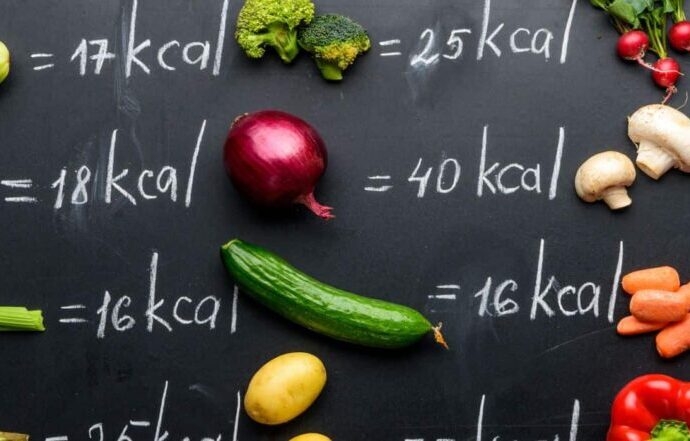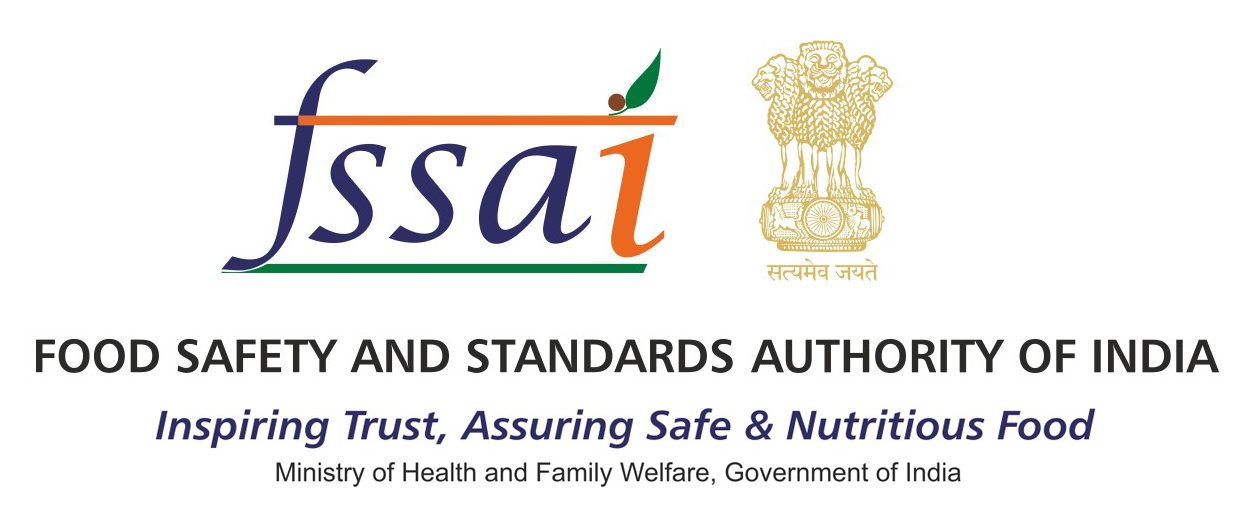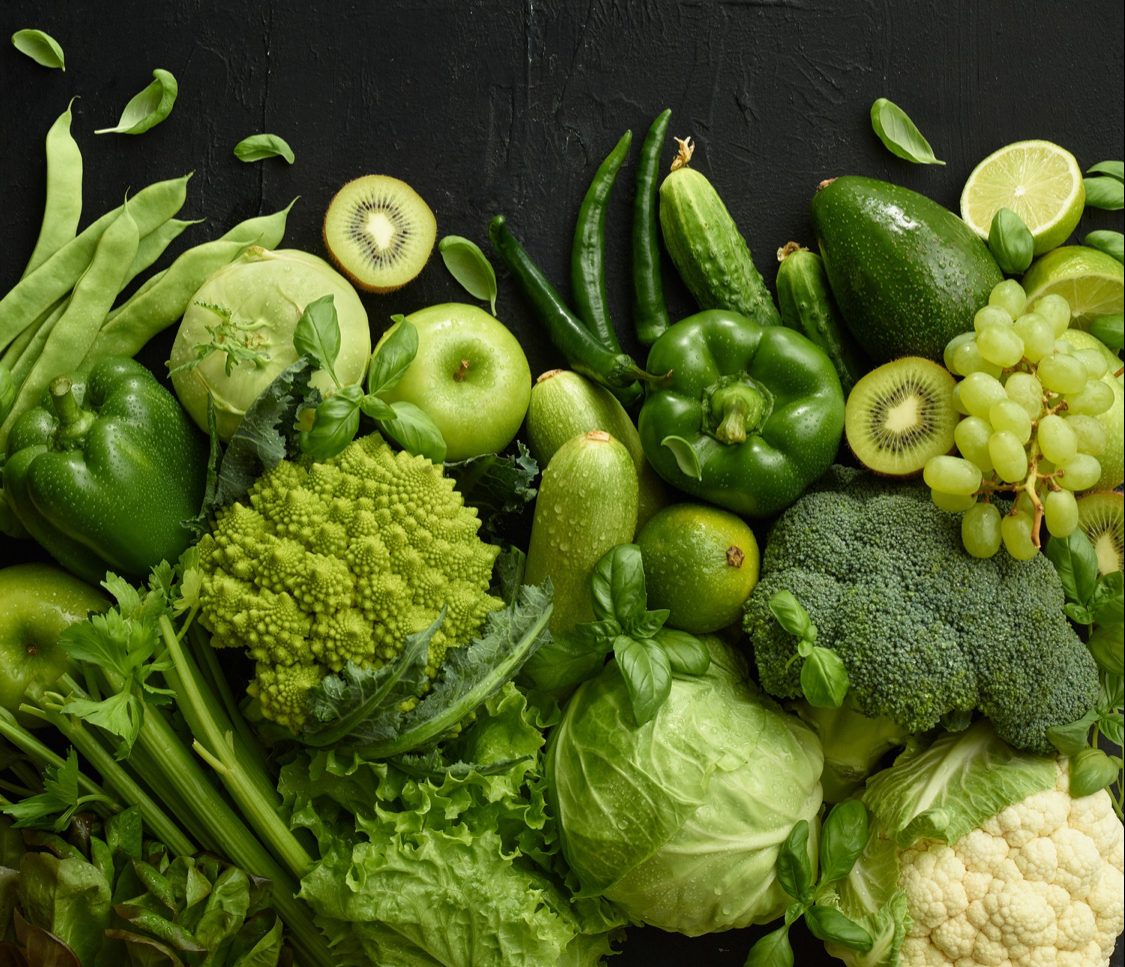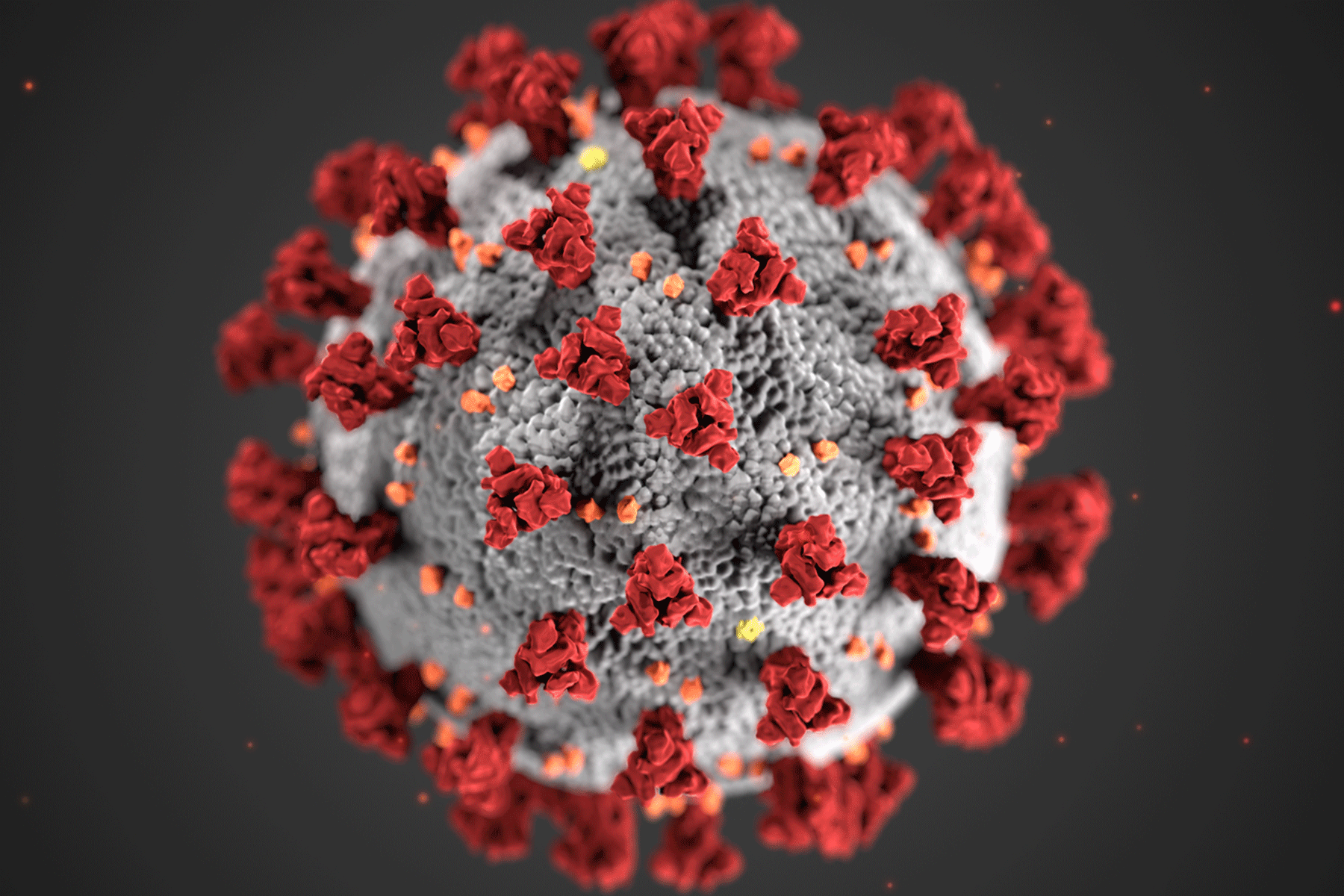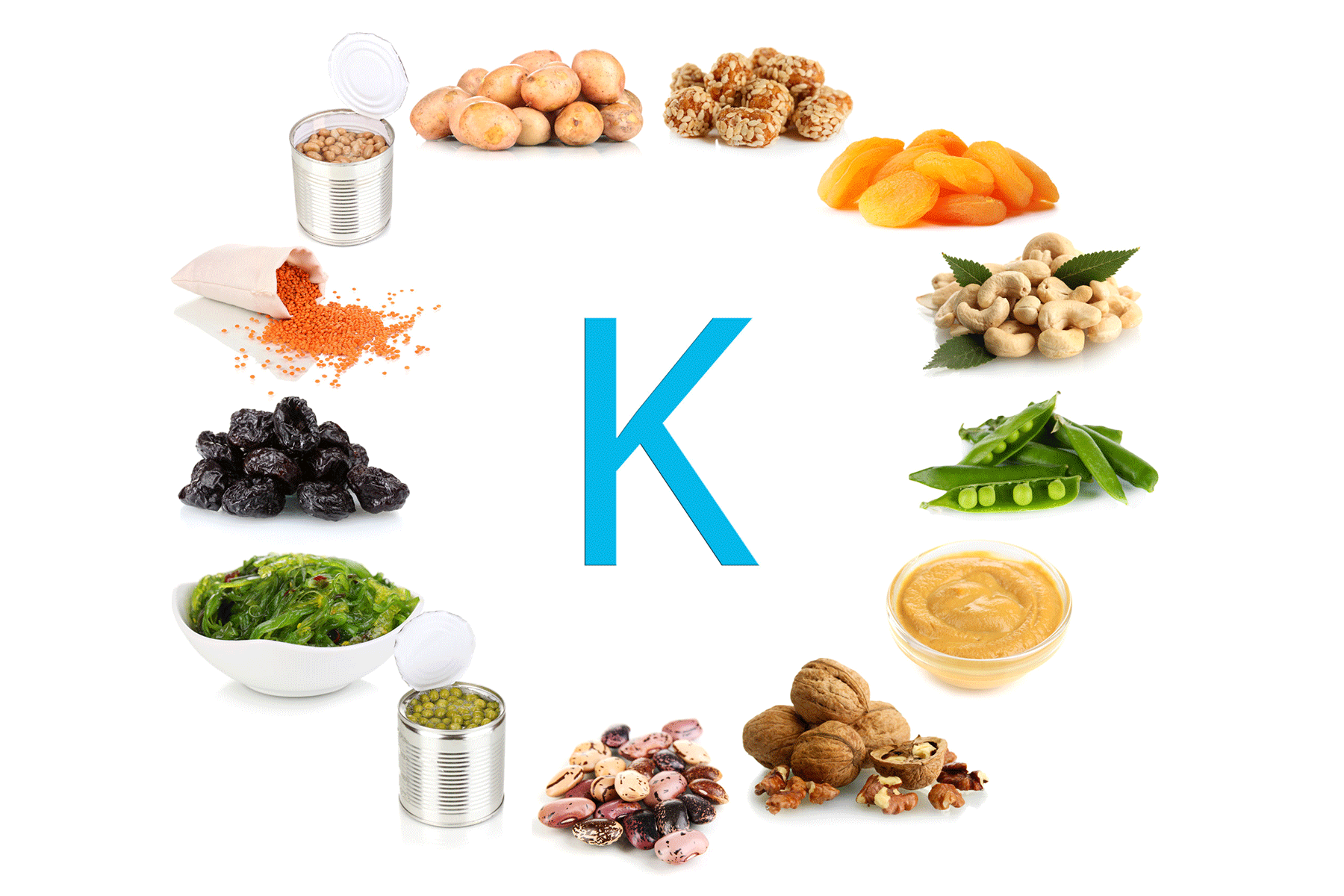Report
A new report by the National Statistics Office (NSO), titled Nutritional Intake in India (2022–23 & 2023–24), reveals that Indian households are consuming more calories overall, with the average daily intake rising to 2,212 kilocalories in rural areas and 2,240 kilocalories in urban areas. These figures indicate a modest but positive shift in national dietary trends.
Calorie Intake Rises, But Undernourishment Persists
While the overall averages suggest improvement, undernourishment remains a serious issue. The NSO report finds that 11.7% of rural households and 10.2% of urban households still consume fewer than 1,860 kilocalories per day, below the recommended minimum for a healthy life. The study is based on the Household Consumption Expenditure Survey (HCES) and examines how Monthly Per Capita Consumption Expenditure (MPCE) influences food and nutrient intake. The data shows a monotonic increase in calorie consumption with rising MPCE, especially among lower-income households who recorded better intake compared to the previous year.
Income Drives Nutrition: Gaps Narrow, But Remain Wide
Despite gains, nutritional inequality persists. In 2023–24, the top 5% of rural households consumed an average of 2,941 kcal/day, while the bottom 5% managed only 1,688 kcal/day. Urban India reflected a similar pattern, with calorie intake ranging from 1,696 kcal/day in the bottom 5% to 3,092 kcal/day in the top 5%. While these disparities remain significant, the gaps have narrowed slightly since 2022–23. Nutrient intake also varies by income. Urban households consumed more protein (63.4g) and fat (69.8g) per person per day than their rural counterparts (61.8g protein, 60.4g fat). Cereals continue to dominate Indian diets, accounting for 48% of daily calories in rural areas and 40.6% in urban areas. However, the diversity and quality of nutrients improve with higher MPCE levels, as households shift toward more varied food sources.
Nutrition Gaps Among the Poorest
The NSO report, drawing on data from 2.61 lakh households across the country, offers a detailed look at how economic status shapes nutrition in India. While more Indians are meeting their basic dietary needs, the findings underline the importance of targeted interventions to reduce persistent nutritional gaps, particularly among the poorest segments of the population.
Source: Business Today
 Food Manifest
Food Manifest 